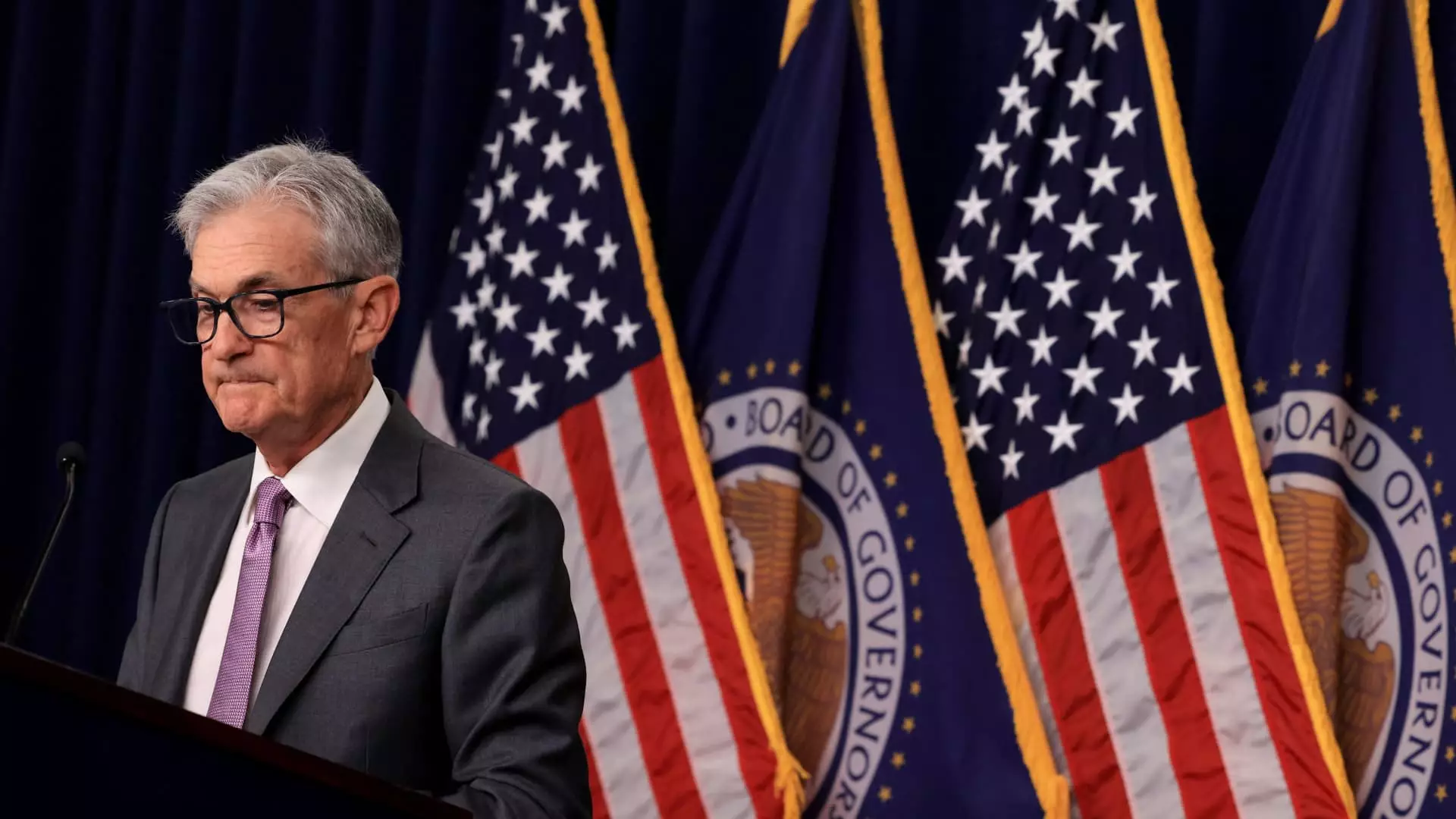The anticipation surrounding Federal Reserve Chair Jerome Powell’s upcoming policy speech is palpable, yet the likelihood of any groundbreaking news emerging from his address appears slim. The market seems to have already made up its mind about the Fed’s course of action, with widespread speculation stating that the central bank will commence lowering interest rates starting in September, and is likely to continue the trend through the end of the year and well into 2025. While there remain some uncertainties regarding the extent and regularity of the rate cuts, Powell’s role now seems to be one of providing a brief synopsis of past events and offering limited insights into future directions.
Lou Crandall, an experienced economist, believes that Powell will adhere to the oft-repeated mantra of being data-dependent in his forthcoming speech. Crandall expects Powell to be unequivocal in his overall message, but specific details regarding the speed and exact timing of rate cuts would hinge on the economic data available closer to the meeting dates. The overarching sentiment seems to be that a rate cut is imminent in September, as affirmed by the minutes from the July session and comments from Philadelphia Fed President Patrick Harker on the necessity of initiating a downward shift in rates by September.
The primary question at hand centers on whether the rate reduction will be a quarter-point drop or a more substantial half-point adjustment, the latter of which seems less likely unless there is a substantial deterioration in economic indicators. Market sentiment arguably favors a quarter-point reduction, while acknowledging a possibility of a more aggressive move. This uncertainty leaves investors on edge, as they closely monitor future economic reports, particularly the upcoming nonfarm payrolls data.
In the past, Powell has employed the Jackson Hole speech platform to outline significant policy changes and provide indications of future trajectories. From delineating his views on interest and unemployment rates to hinting at impending rate cuts, Powell has utilized the annual event as a stage to communicate significant shifts in policy. This year, as the need for confirmation of market expectations intensifies, Powell is expected to balance his commentary by reflecting on the current economic landscape, focusing on factors such as diminishing inflation pressures and concerns surrounding the labor market.
Financial analysts and strategists are closely watching Powell’s tone in his upcoming speech, anticipating a dovish leaning towards lower rates. This sentiment is reinforced by observations of softening labor market conditions and inflation trends approaching the 2% target rate at a pace exceeding expectations. The consensus expects Powell to provide more assurance regarding the inflation outlook, acknowledge economic challenges, and potentially hint at additional easing measures in the future.
The Federal Reserve’s prolonged period of maintaining borrowing rates at a consistent level has been met with a certain level of market stability. However, recent signs of economic vulnerabilities, including a weakening labor market and declining manufacturing sector, have sparked concerns. As Powell prepares to address these issues in his speech, analysts predict he will underscore the Fed’s progress in combating inflation while acknowledging persisting economic headwinds.
In the lead-up to Federal Reserve Chair Jerome Powell’s policy speech at the Jackson Hole symposium, expectations are high for insights into the central bank’s future course of action. The prevailing sentiment points towards an impending rate cut in September, with the market closely monitoring Powell’s remarks for indications of further monetary policy adjustments in the coming months. As global economic uncertainties persist, Powell’s speech is poised to offer vital insights into the Fed’s strategy to navigate evolving financial landscapes.

